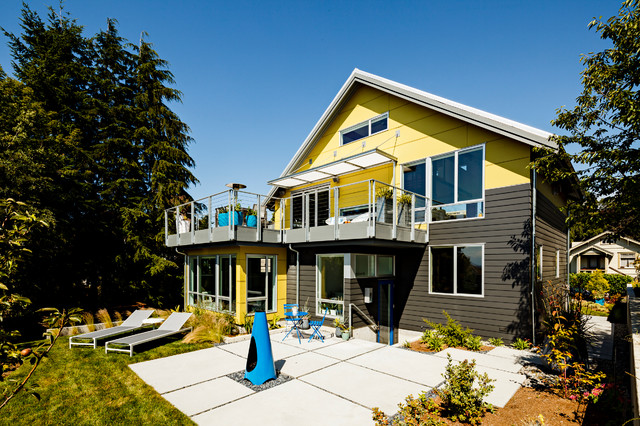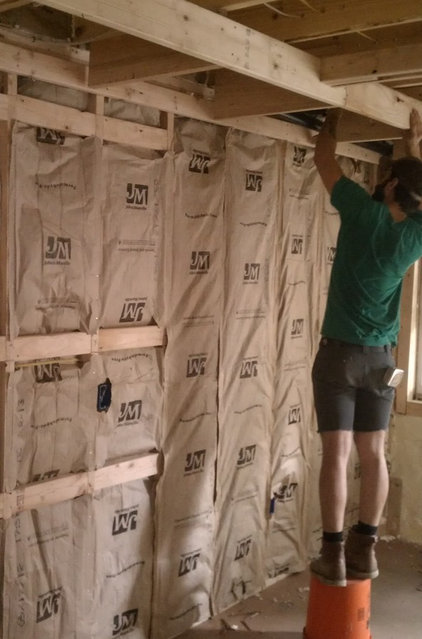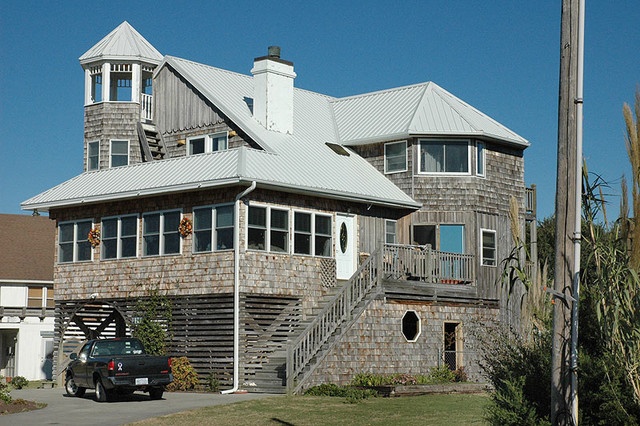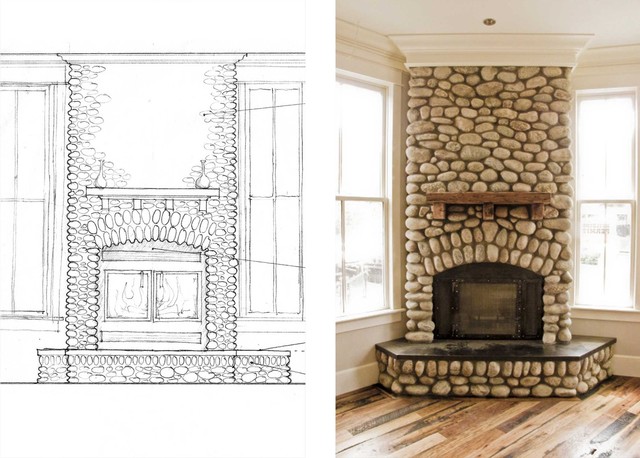5 Common-Sense Ways to Get a Greener Home Design
|
1. Only build as much space as you will use.
Limiting the space you build will go a long way toward saving money on
the immediate and future costs of your project. Aside from the cost
savings of building a smaller space, you will realize the long-term
savings in heating, cooling and cleaning. Think through whether you
really need that extra bedroom, extra bath and extra sink. How often
will they be used? If they’re for infrequent guests or occasional
parties, you may want to rethink the extra square footage.
|
|
by SEED Homes
»
|
|
2. Buy high-efficiency appliances.
Look for the Energy Star label on dishwashers, fridges, lighting
fixtures and more. If you have a refrigerator that’s 20 years old, you
may be surprised by how much you can save by purchasing a new
energy-efficient one and saying goodbye to the old one. Home- and
water-heating appliances also come in high- and higher-efficiency
options. Heating appliances that are 90 percent efficient or better can
vent with horizontal vents, rather than vertical. These vents are more
versatile and a money saver in the long term. Many energy-efficient
appliances also come with rebates.
|
Another option: Installing rigid insulation to the exterior of your home adds to the R-value but also means deeper jambs at windows. This limits the transmission of heat from inside your home through the walls and framing. Consult your contractor about the best and most effective means and methods of insulating based on your climate and the house you're planning. Insulation, ventilation and water vapor management are all connected, so using the correct materials is essential for a good result.
Ecofriendly insulation options
|
4. Use materials that will last. We
have removed our share of low-quality, poorly installed and dated
materials from a wide variety of homes in Seattle. Each decade has its
own hallmark dated finishes: The '80s oak cabinets, the '70s laminated
cabinets with avocado-colored fridge, and the ubiquitous pink or green
'50s bathroom tiles are so distinctive, they show their age.
Choose well-vetted materials that will hold up well to use and are unlikely to go out of style. This will ensure that your remodel lasts for decades. Try to find a local company that accepts salvaged building materials, so what you remove from your home does not go to the landfill. Salvage companies are often nonprofits that can offer a tax credit for your donation. |
|
5. Buy locally produced materials.
You may feel tempted to search far and wide for the material you want.
Do the math before you have material shipped across the country or
across the world for your project. There are often locally produced
materials that will serve the intended purpose and may be more
interesting.
In Seattle a couple of companies harvest in-city trees that are slated for removal for one reason or another, and then mill them into slabs suitable for furniture, mantels or other purposes. That kind of locally sourced material is not only beautiful but also comes with a good story to tell once your project is complete! |




